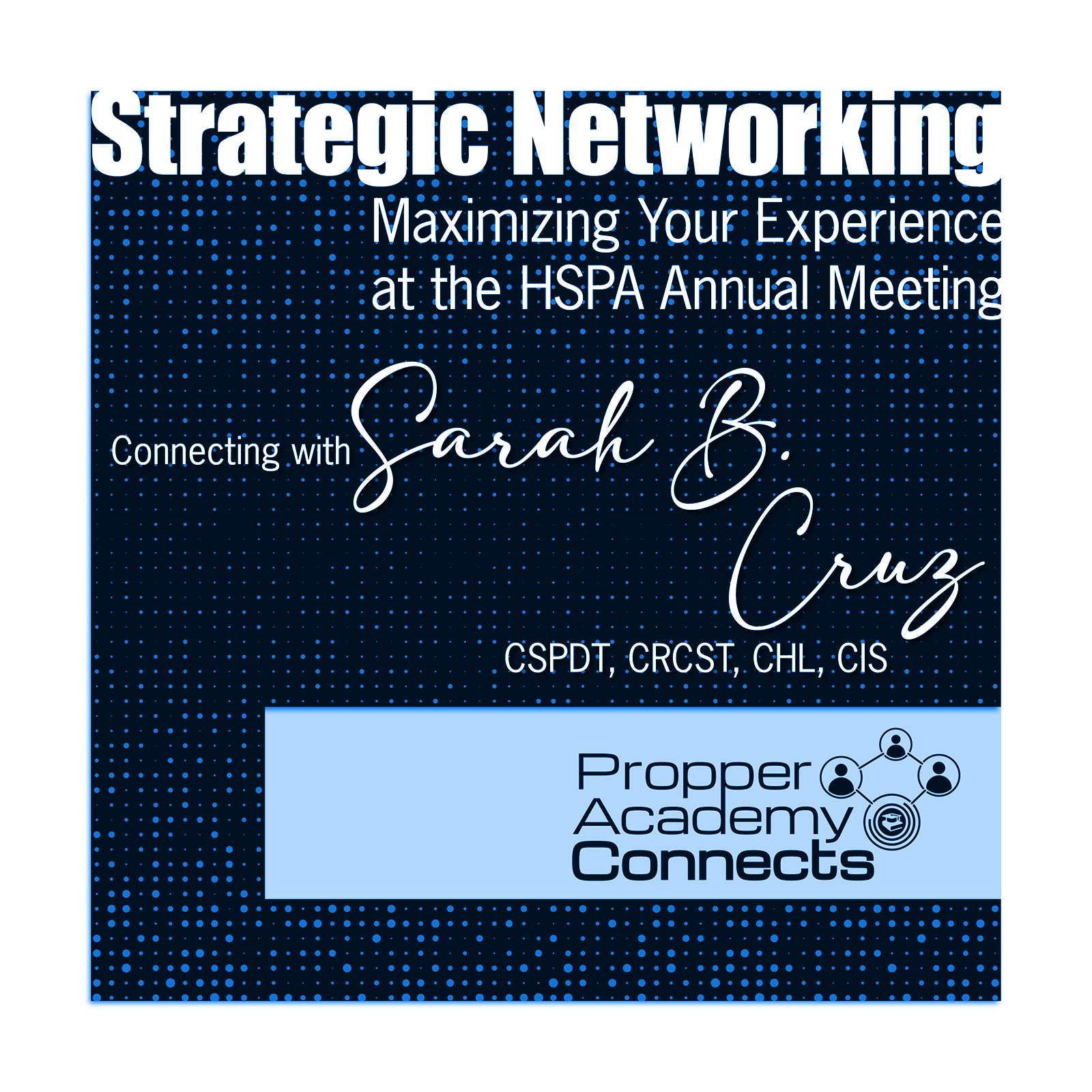Trademarks
| The following are trademarks of Propper Manufacturing Co., Inc. | |||
| Accucharge | Fidelatone | PowerAll | Steri-Stik |
| Alert-O.A.D. | F/O (Fiber Optic) | Precisometer | Steri-Wrap |
| Arrowhead | Gas Chex | Propper Plus | Strate-Line |
| Autofoc | Glaucotest | Propper Star | Superlume |
| Autosfig | Hi-Dri | Push-Button | Temptube |
| Bev-L-Edge | Hi-Speed | Quick Challenge | Ternopil |
| Bio-Challenge Test Pak | Irrigo | Quikuff | Test-Pak |
| Bi-Ok | Lifo | Seracult | Timecard |
| Cal-Mark | LoT; Chex-All | Seracult Plus | Trophy |
| Cardiouet | Lumicyte | Seraket | Twindicator |
| Champion | Magnalume | Sera-Sharp | Twin-Frost |
| Chex-All | O.K. | Sera-Slide | Ultra |
| Duo-Check | Once-A-Day | Sera-Sphyg | Vaporline |
| Duo-Flash | Once-A-Day Test Pak | Serature | Velket |
| Duo-Record | Oscillotonometer | Smalstrip | |
| Duo-Spore | Pak-Rak | Spiraflex | |
| EO Easy Read | Pass/Fail | Steri-Dot | |





